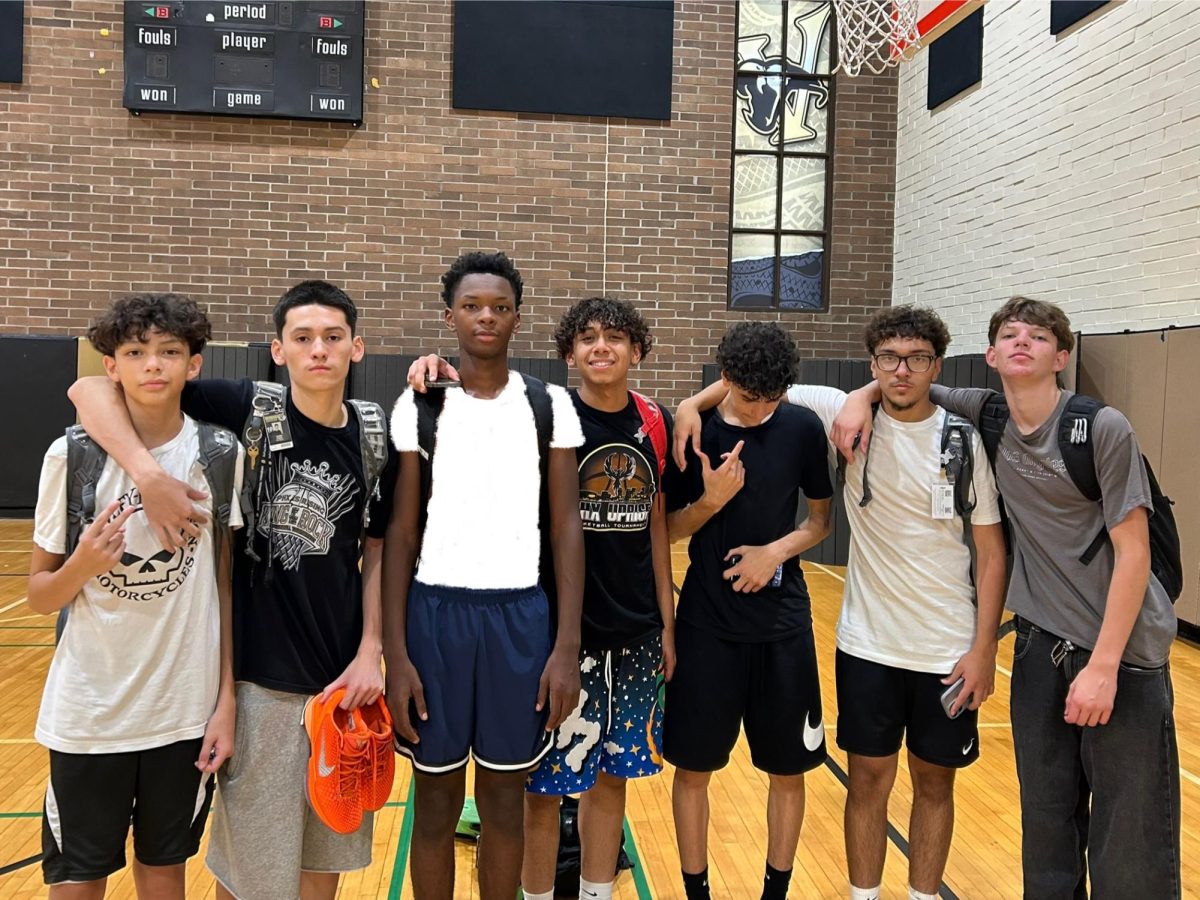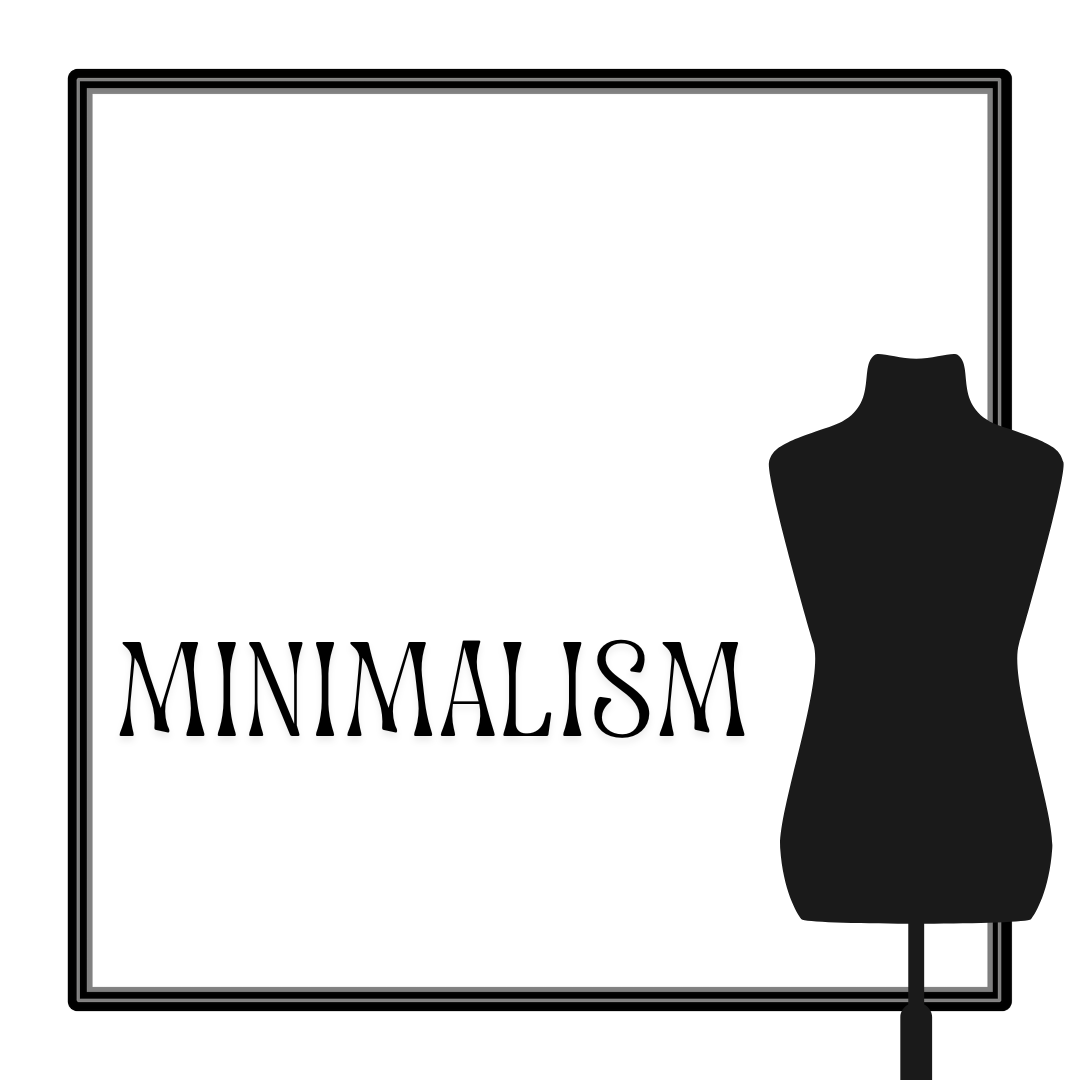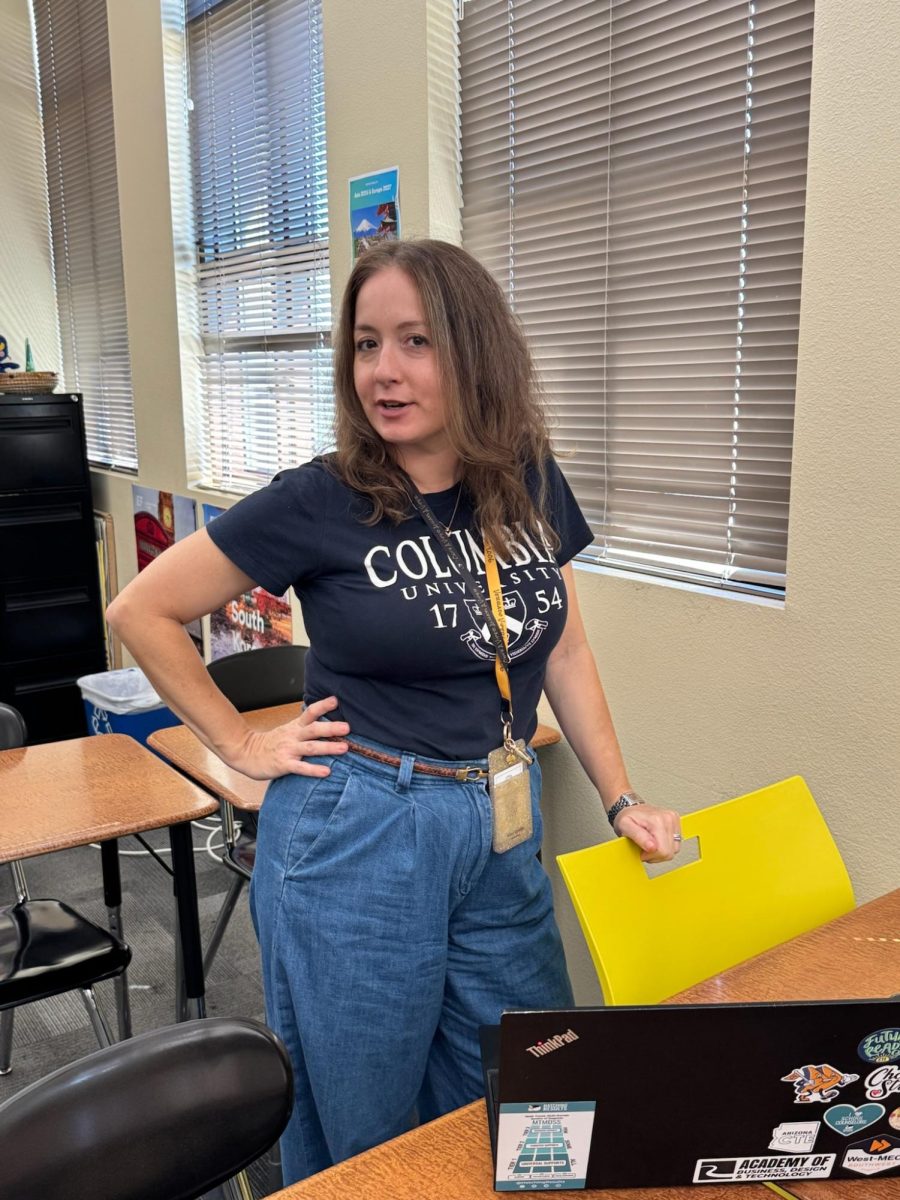Clean girl or downtown girl? Positive or negative canthal tilt? Low or high visual weight? Kids nowadays are asking themselves these questions, and they believe spending $200 on the latest fashion, makeup, and skin care products can surely help with that. These are all problematic questions that TikTok pushes every single day.
TikTok is an incredibly addictive social media app that has been a part of teenager’s daily lives since before 2020, but it started to gain even more popularity and attraction when the COVID-19 pandemic hit.
According to an article by Demandsage, TikTok has just about 30.19 million monthly users and 15.4 million daily users, so it’s not a shock that new trends are popping up every day. Trends can range from dancing to makeup, but they can also go so much deeper.

Some major trends right now revolve around makeup and beauty, and at first glance, it may seem like a fun trend to try out, but then teens start to hear words that make them question themselves and their bodies.
Nose contour for a more button-like nose, blush, and concealer in an upward motion will make your face shape more uplifted, and fake eyelashes to make your eyes pop. Many teens don’t realize it at the moment, but comments like this convince them to change their faces and their bodies to fit in with these standards.
Kristi Kastenbaum, an AP Psychology teacher at Verrado High School, says “Socialization is the biggest part of adolescence, so for teenagers especially, following a trend or fitting in with a group is important.”
Everyone wants to fit in, but at what point does it become a problem? These trends swoop by so fast that if one week teens try to do a makeup style to uplift their face, the next week people will be doing makeup trends to normalize every face shape. It’s such a confusing cycle for everyone.
Along with fast makeup trends, TikTok has also become a place for unethical, trendy, fast fashion. Brands like Shein, Forever 21, and Zara have been able to explode in profit and popularity because of the influence of TikTok users.
According to Marketing Charts, about 39% of Gen Z’s purchases were influenced by TikTok. These brands are doing paid sponsorship for huge influencers for a 30-second haul which is having a large impact on the places their audience shop at.
Everything now with the internet is very low effort, yet high amounts of consumption. Creating hauls is easy and entertaining, especially for a young audience. It’s also a low effort to consume these products. With features like TikTok shop, you can easily purchase anything you see while scrolling.

TikTok is also a low-effort app in general. Students can scroll for hours and hours and not think about anything besides what video they’re watching. Students’ attention spans have been lowered severely over the last few years. The short videos at a fast pace have made our focusing levels so much lower, and reduced our attention spans greatly.
Regarding the concern of decreased attention span, Demetrius Howard, an English teacher at Verrado High School, says “Although these platforms are used for entertainment, and may relieve some anxiety; if individuals aren’t disciplined and have a balance for using these platforms; it may cause them to fall behind and eventually fail the class.”
Howard continued “In my class, the use of social media and TikTok keeps students disengaged and not learning or being productive enough to pass the class.”
TikTok videos typically range from 15-30 seconds. You will sometimes stumble upon videos that are longer than that, but for the most part, TikToks are meant to be short.
In an article from Statista, data shows that 77.7% of Gen Z believe that TikTok is highly addictive, and 24.1% believe that it has negative effects on mental health.
The effects that it is having on the teen brain are so much more severe than attention spans. Mental health issues are arising very rapidly. Our “For You” pages are listening to our lives and to the things we speak and think about.
It creates stuff in teen minds that makes us keep thinking that these things are still happening. It’s just how the TikTok algorithm works. Even if we move on from a situation, TikToks will pop up with relatable content about that situation which will make you go back to that time period.
In an article from Medium, they state that deleting social media was the best decision they ever made. They wrote “I’m in my late 20s at this point; most people I know who I graduated high school with have gotten married, had kids, or traveling on vacations. That took a toll on my mental health.”
The idea that social media is a highlight reel and that you should always expect to see positive people posting positive things (even if it’s actually negative) is so harmful for everyone watching to see and consume.






































